Aiggin Stone (Aigin Stone), Blackstone Edge
Roughly 600 years old, the Aiggin Stone is thought to be a medieval marker on the boundary between Yorkshire and Lancashire on what may have been a Roman road. Now standing about 4 foot in height, it was said to have originally measured 7 foot. There a few carvings in the stone, a cross and the letters I and T.

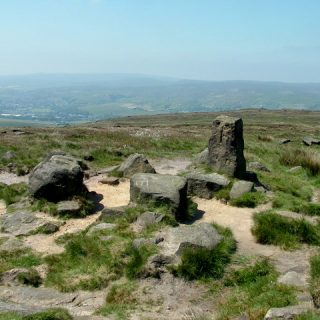
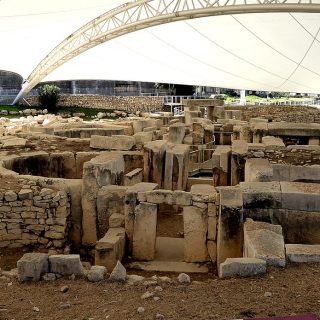
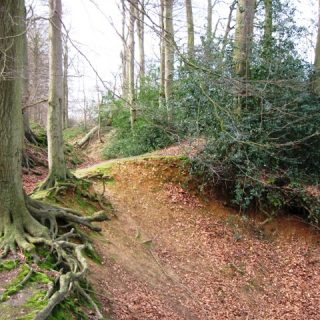
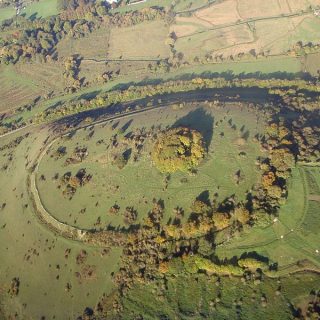

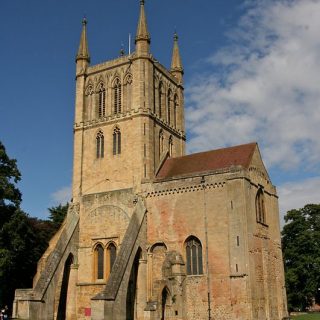
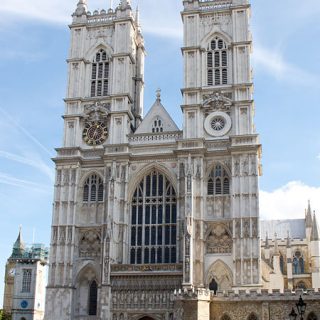
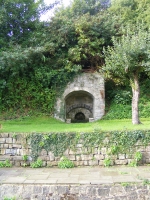
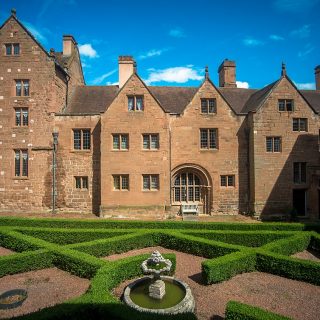

Recent Comments